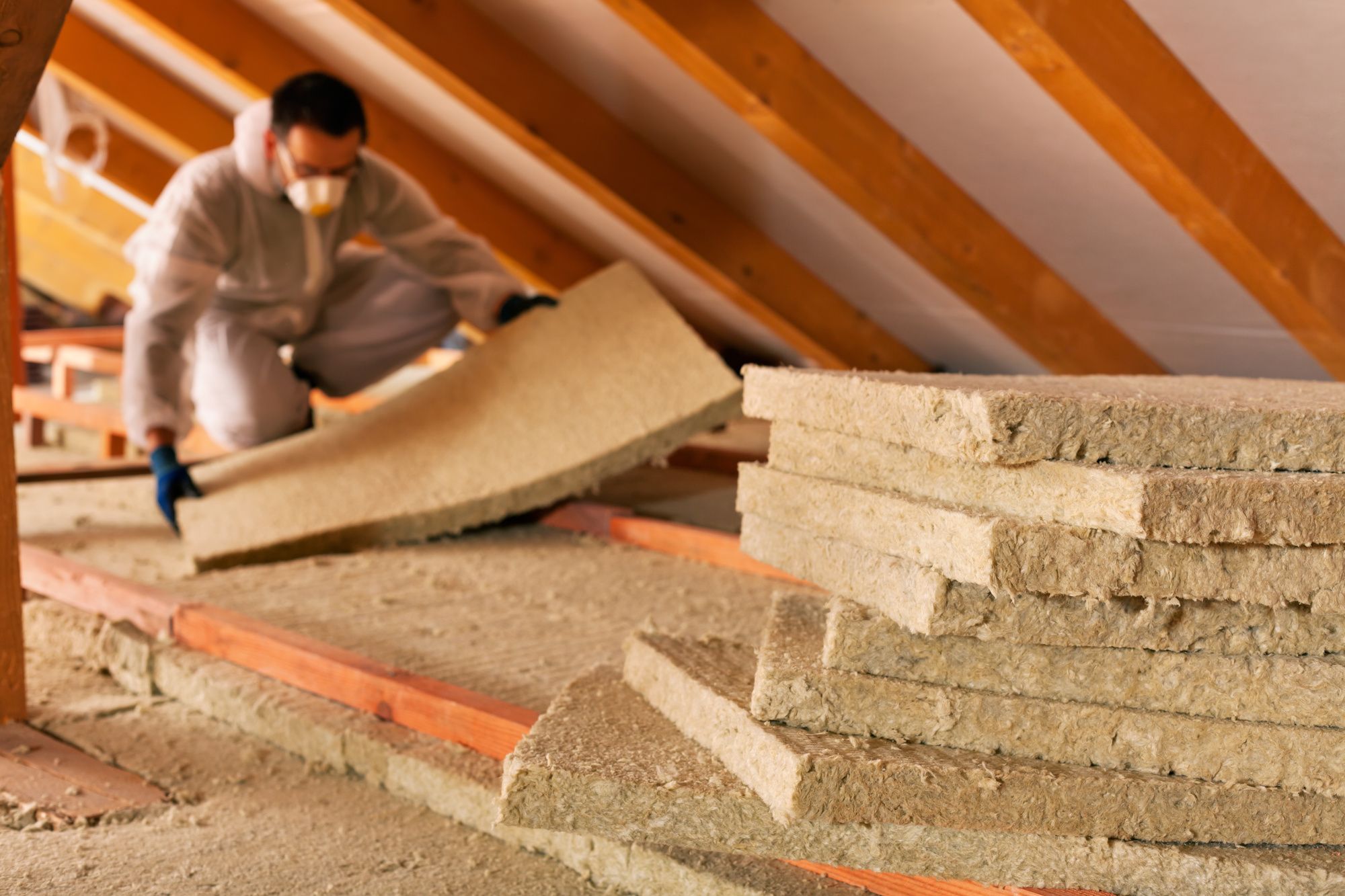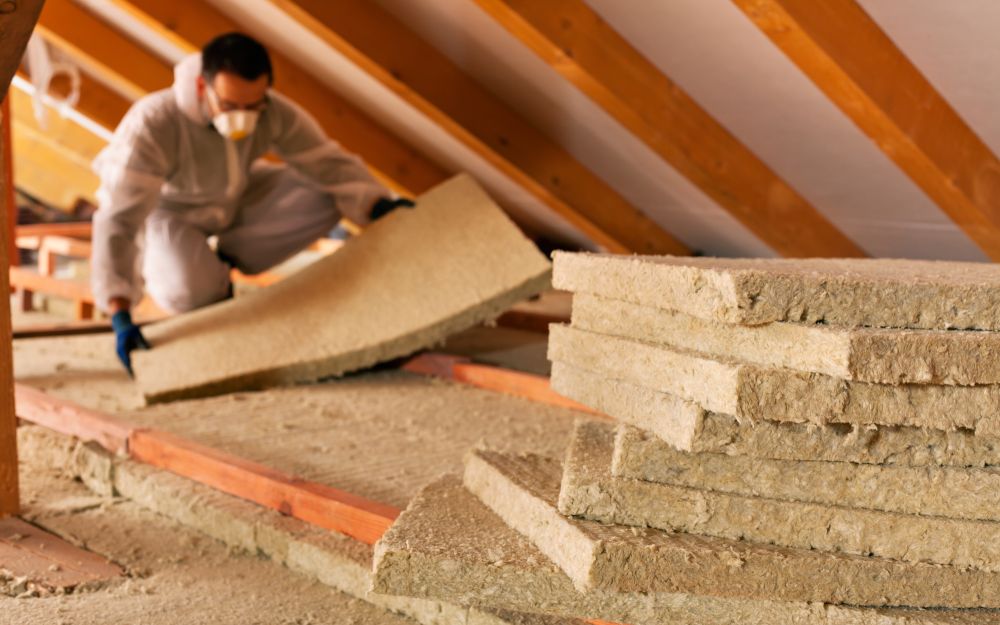What You Need to Know About Crawl Space Repair



At what point do you realize your crawl space is essential to your home? It is probably when you learn of some existing issues under your house.
Being the small space between your home’s bottom floor and the ground, a crawl space provides the necessary extra space for many things.
But you won’t just dump things down there without regular care and maintenance. Crawl space repair is important if you want to maintain the condition of your home’s foundation.
Working DIY in a crawl space is a process you will find difficult due to its limited height that will only allow you to access the space when crawling. Hiring professionals will help you handle the whole process without demanding much from you.
Be that as it may, you cannot push aside the need to maintain and repair your crawl space. And that requires that you understand some of the indications that your crawl space needs repair.
Here are some of the indications that show your crawl space needs repair.
High Humidity Levels inside Your Home
When humidity levels in your house start hitting an all-time high, it might be the time to check the moisture inside your crawl space. Moisture problems in your crawl space can dent a big portion of your crawl space repair budget.
When you first notice condensation building outside in the damp mornings, it is an indication your crawl space could be affected by moisture.
There are other signs you could look out to know if you have high humidity inside your crawl space. They include:
- Musty odors
- Allergy-related symptoms
- Mold and mildew growth
- Damp humid air
- Cupping floors
Anytime you notice any of these signs at home, you should always consider getting to the root cause, which in most cases is the moisture from the crawl space.
Stagnant Water
Poor drainage or leaking pipes can be the leading causes of stagnant water in your crawl space. Therefore, it is not beneficial to ignore the pools of water that stagnate in your crawl space.
Leaving such pools of water may cause mold or mildew to form, which may, in turn, weaken your foundation after some time. You may as well consider installing a drainage system with a sump pump to remove the water intrusion.
Sagging and Sloped Floors
The fact that you have sagging or sloped floors means the condition underneath your house’s floor is getting worse.
Sometimes you may hear some rattling coming from the cabinets when you walk on them. When you get to this situation, you must get help from professionals who will help you stabilize your home to restore balance.
Before the situation escalates, you should look for professional help so the repair is done before the negative effects of moisture advance.
Escalating Electricity Bills
Don’t blame the fridge only next time you receive a high electricity bill. If you have tried your best to keep other electricity consumption rates low, then a higher bill would suggest your HVAC is running more than it should.
When there is high humidity or extreme temperatures in your crawl space, the HVAC tend to run more than it should. This means you will have to spend more on electricity to cool or heat your home.
Mold or Mildew
You may observe mold and mildew forming in your house when there are high moisture levels or stagnant water in the crawl space.
The molds begin forming from within the crawl space and eventually extend into the house. This is an alert that you need to look at your crawl space as soon as possible.
Treating molds by yourself could be dangerous, as you may not understand the type of mold you are dealing with. You should always call a specialist to help address the molds as they can eliminate the risk of mold.
Some of the Common Methods of Crawl Space Repair
While there are several ways to solve the problems associated with crawl space, you should always go for the most effective methods. Here are some of the viable options for solving some of these problems.
Solution for Water Drainage problems
When water is standing under your house, you may have to install a sump pump to help you pump the water out of your crawl space somewhere the water is needed.
You can also consider raising the landscape around your home to avoid pooling of water around your home. Gutters and downspouts may also help you a great deal in containing the water.
Solution for Rodent and Pests Problems
Your crawl space is an ideal place for rodents and other types of pests to hide in. The problem comes when these rodents and pests start finding their way into your house. They become an nasty nuisance.
Upon realizing these pests’ presence, you need to call an exterminator to kill the rodents or pests before ensuing the repairs.
When making repairs, you should ensure that the crawl space has been sealed to deter pests from future intrusion.
Solution for Moisture Problems
You can use vapor barrier or encapsulation options to solve the moisture problems in your crawl space. You can opt for a vapor barrier if you want to handle the moisture from the damp earth. Encapsulation, on the other hand, protects your home from outside humidity as well.
Encapsulation is a better option for solving moisture-related problems. An ideal encapsulation process involves using specialized insulation, heavy polyethelyne liners, and special dehumidifiers.
Solution for Insulation problems
If you have missing insulation or the existing insulation is already damaged, you have multiple options including fiberglass insulation, rigid foam board insulation, and spray foam insulation. We recommend you do NOT use spray foam insulation.
When winter approaches, you may need to check your water pipes down there to ensure they are not in freezing conditions. Avoid open foundation vents to prevent pipes from freezing when the temperatures are coldest.
Crawl Space vs. Basement
Basically, a crawl space is an extra space your house is supported off of the ground level. It is usually about two feet tall from the ground, space enough for you to crawl through when handling your business down there.
Basements are different. They are taller, more accessible rooms you will mainly use as storage space or recreation rooms off your main house.
Visible and Invisible Differences
Some of the differences between a crawl space and a basement may not be visible, but most are. Here are some of the noticeable visible and invisible differences you are likely to spot between the two.
Size
A typical crawl space is smaller than a basement. You will only need about 2 to 4 feet of space height below your house for an ideal crawl space. However, for a basement, you will have to go deeper when constructing one.
Basements stretch up to eight feet tall below the house. That explains why you can use them for storing more things or even extra rooms for recreation or resting.
Maintenance Demands
Maintaining and repairing a basement is more costly, but you rarely have to carry out maintenance as basements are not as exposed as crawl spaces are. If you build a basement in a perfectly dug foundation, you are less likely to face recurrent maintenance demands.
The case is not the same for crawl spaces. Their repairs are less costly compared to those of basements but are more likely to occur than those of basements. Crawl spaces are more exposed and will easily be victims of bad weather and other natural occurrences.
Lower the Maintenance Cost by Regular Evaluations on Your Crawl Space
Detecting a problem early helps you solve it before it gets to worse conditions that may cost you more. That is why you should maintain regular evaluations of your crawl space.
By doing this, you get ahead of time and handle the problems before they escalate.
At BAY Crawl Space & Foundation Repair, you will get all your crawl space problems addressed and fixed. Consider scheduling a free evaluation today to know the condition of your crawl space.

